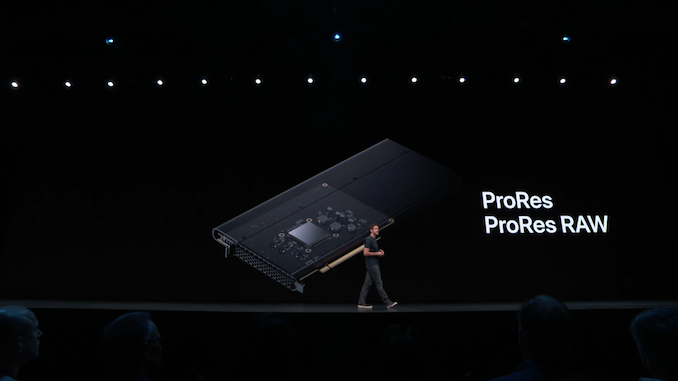@hefguerra no 1º post está lá essa informação (menos o preço), é só ir às specs, a configuração base começa nos Xeon 8 cores, 32GB Ram e Radeon 580x, o topo que foi o que postei a seguir é que vai até aos Xeon 28 cores, 1.5TB Ram e 2x Radeon Pro Vega Duo
https://www.apple.com/mac-pro/specs/
EDIT: apenas coloquei a "novidade" por assim dizer, a Vega VII duo, poi a Vega VII já se conhece e há de haver um tópico dedicado ao Mac Pro no tópico da Apple.
Não deixa de ser curioso terem como opção um FPGA para processamento de vídeo

https://www.apple.com/mac-pro/specs/
EDIT: apenas coloquei a "novidade" por assim dizer, a Vega VII duo, poi a Vega VII já se conhece e há de haver um tópico dedicado ao Mac Pro no tópico da Apple.
Não deixa de ser curioso terem como opção um FPGA para processamento de vídeo

https://www.anandtech.com/show/14479/the-apple-wwdc-2019-keynote-live-blog02:26PM EDT - New Apple PCIe card: Afterburner. FPGA card for ProRes/ProRes RAW video decoding acceleration
02:26PM EDT - Up to 3 streams of 8K ProRes Raw

